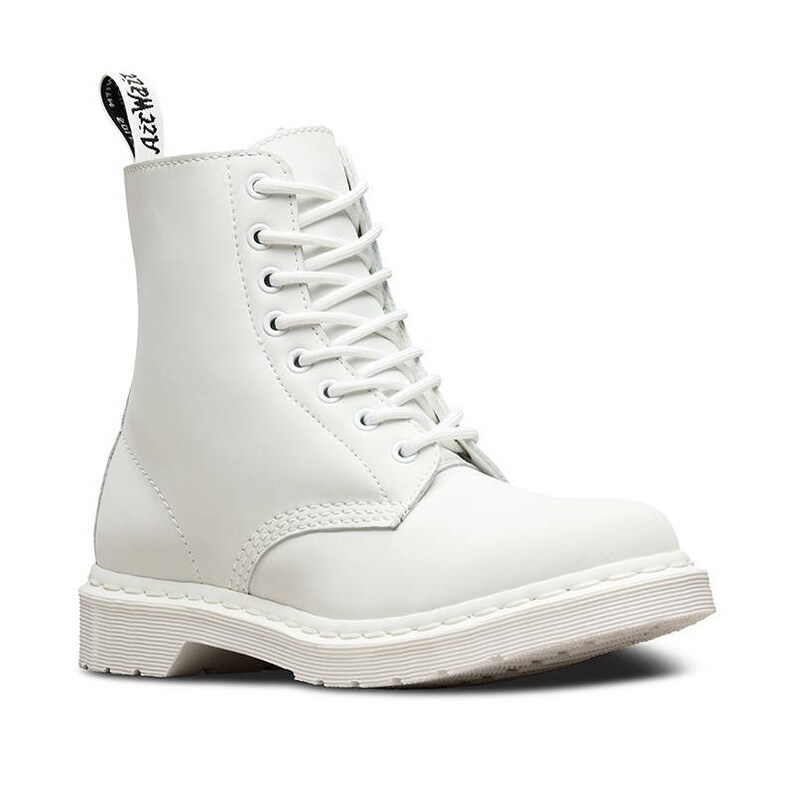
It isn’t surprising that a story about a lonely robot with big “eyes” and a manufactured voice - Angela Bassett’s voiceover presence here is total overkill - would make me a touch weepy. Even if you’re constantly aware that every solution was arrived at with more complications and erudition than we’re seeing, White gives a thorough enough taste of the brainstorming, modeling and trouble-shooting for us to be completely inspired by it - especially when the major breakthroughs are accompanied by the sometimes cheeky, sometimes potent “wakeup songs” that become a morning ritual for the rover team. Almost on a crisis-by-crisis basis, Good Night Oppy takes us through various catastrophes experienced by Spirit and Opportunity - impending sandstorms, dust-clogged sensors, inoperable machinery - and breaks down the stages of the process that allowed them to overcome each bout with adversity. The interviews are good and the effects are spiffy, but White’s greatest asset is footage from different rover mission control and meeting rooms over two decades. Their stories are funny, interesting and, if I were still young enough to change careers or capable of doing math, would make me want to fill out a JPL application. Here, we meet over a dozen principal experts, from the highest reaches and earliest stages of the project to fresh-faced enthusiasts just giddy to be able to work with Spirit and Opportunity after having experienced their initial arrival on Mars as kids. One of the best things a documentary, particularly one as jammed with specialized jargon as this one, can do to make you care - in lieu of being able to fully unpack its advanced topic - is successfully convey the enthusiasm of its main subjects.

White docs driver#
Those moments, though, are inevitably followed by serendipitous connections that you’d have to be heartless not to feel, like the story of rover driver Vandi Verma, who had her own twins almost in tandem with the release of Spirit and Opportunity, or the choked-up memories of the young flight director whose grandmother was diagnosed with Alzheimer’s exactly as Opportunity began to experience terminal memory loss. They were built to be anthropomorphized and there are moments at which either White or his human subjects feel like they’re straining with the parent-child analogy. (All comparisons between Opportunity and previous Ryan White documentary subject Dr.

But also, because the next hour-plus is composed of almost non-stop comparisons between Spirit and Opportunity and children, enabled by the eye-like cameras, the arm-like appendages and the decision to give the rovers a height of five-foot-two, the same height as an average human woman. It’s a necessary sentiment/disclaimer to get out of the way early, because… Duh. “To say it’s like a child being born would be to trivialize parenthood, but it feels sorta like that,” says mission manager Steve Squyres of the initial launches for the two rovers. Good Night Oppy just gives us a little high-tech pizzazz and helps the audience build, in 100-minute micro, our own version of the epic connection felt by the professionals. Spirit and Opportunity gave us a new visual language for understanding Mars. Boosted by Blake Neely’s wonder-evoking score and Mark Mangini’s otherworldly sound design, it’s unquestionably beautiful, but I wouldn’t call it a dramatic leap forward from the way Mars has been depicted in features like The Martian or the most recent season of For All Mankind. ILM has, presumably using or inspired by the imagery and data collected by Spirit and Opportunity, crafted billowing red clouds, swirling dust devils and endless Martian expanses.

The plan is to give Good Night Oppy a theatrical run before it settles into its long-term home on Prime Video, and there’s no doubt that some of the computer-assisted visuals will be enhanced on the big screen. Good Night Oppy is the story of those two rovers and the team that watched in amazement as their machines took on human characteristics and became imbued with the hopes and dreams of two generations of invested experts. Instead, Spirit kept traveling and reporting back until 2010, while Opportunity persisted in slow-moving Martian solitude until 2018.

Named “Spirit” and “Opportunity,” the two rovers faced the pressure of reversing a run of recent Mars failures for NASA and, ideally, both were expected to be operational for only 90 Martian days. In 2003, two robotic rovers were sent to Mars on separate missions to collect data about the Red Planet’s topography and, hopefully, its history with water.


 0 kommentar(er)
0 kommentar(er)
